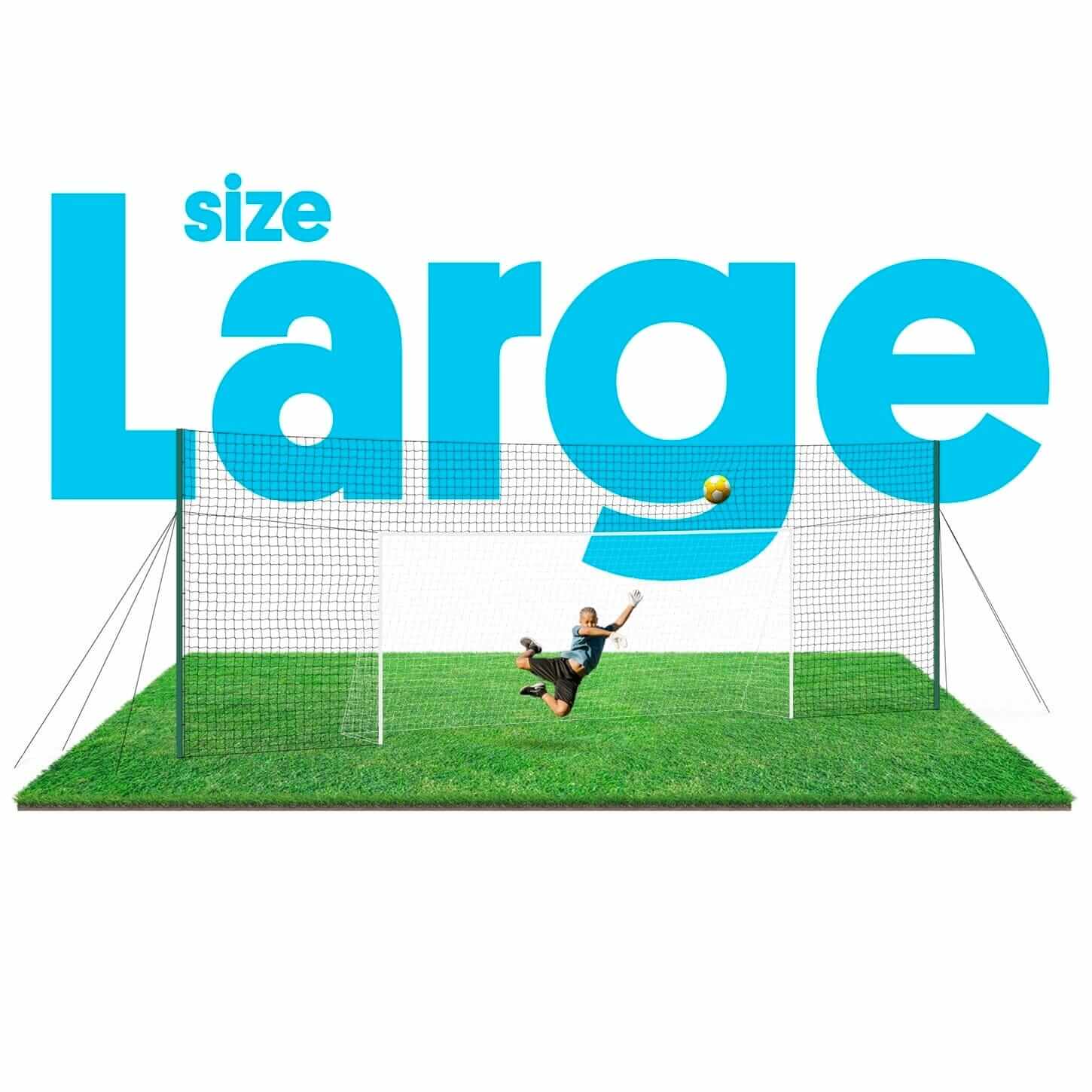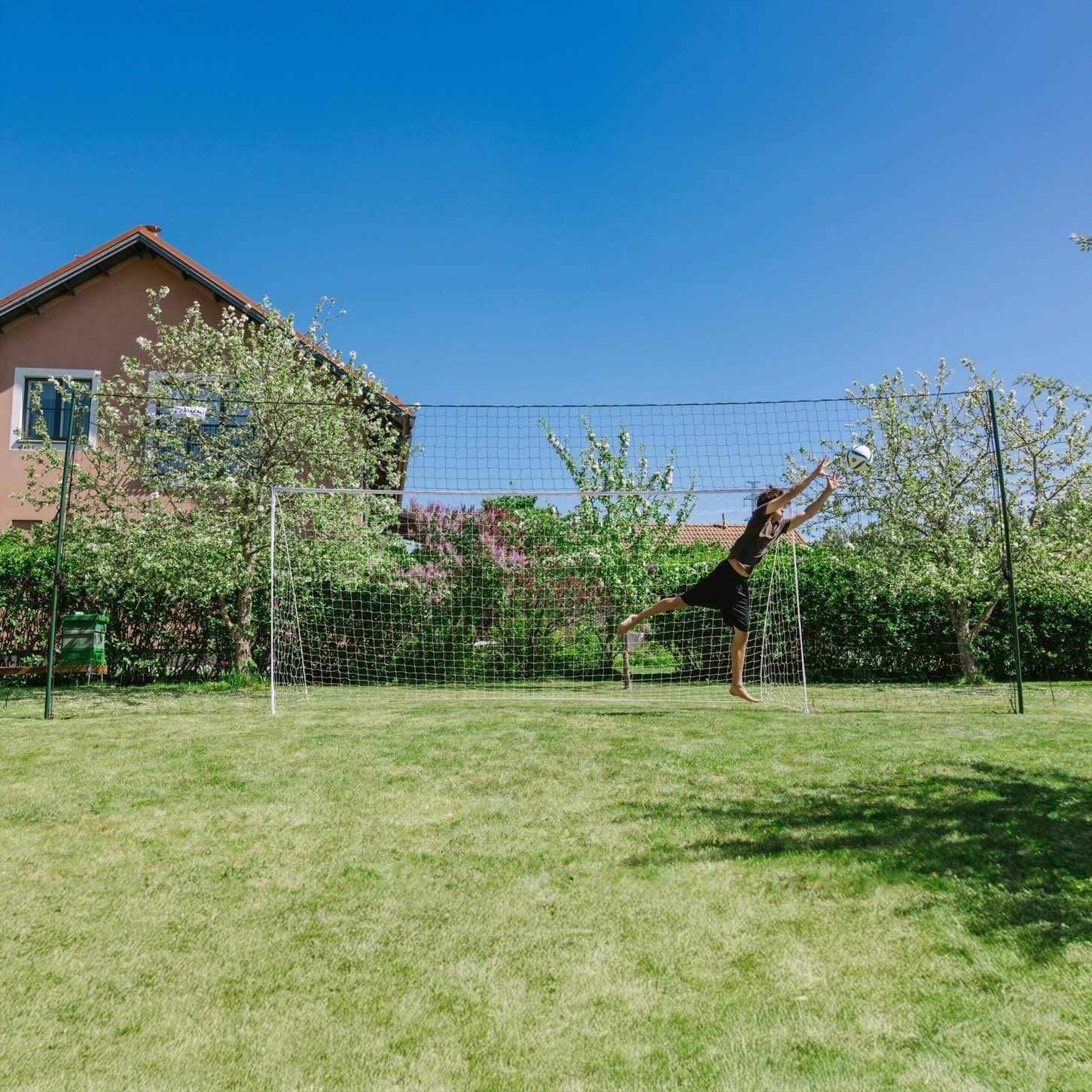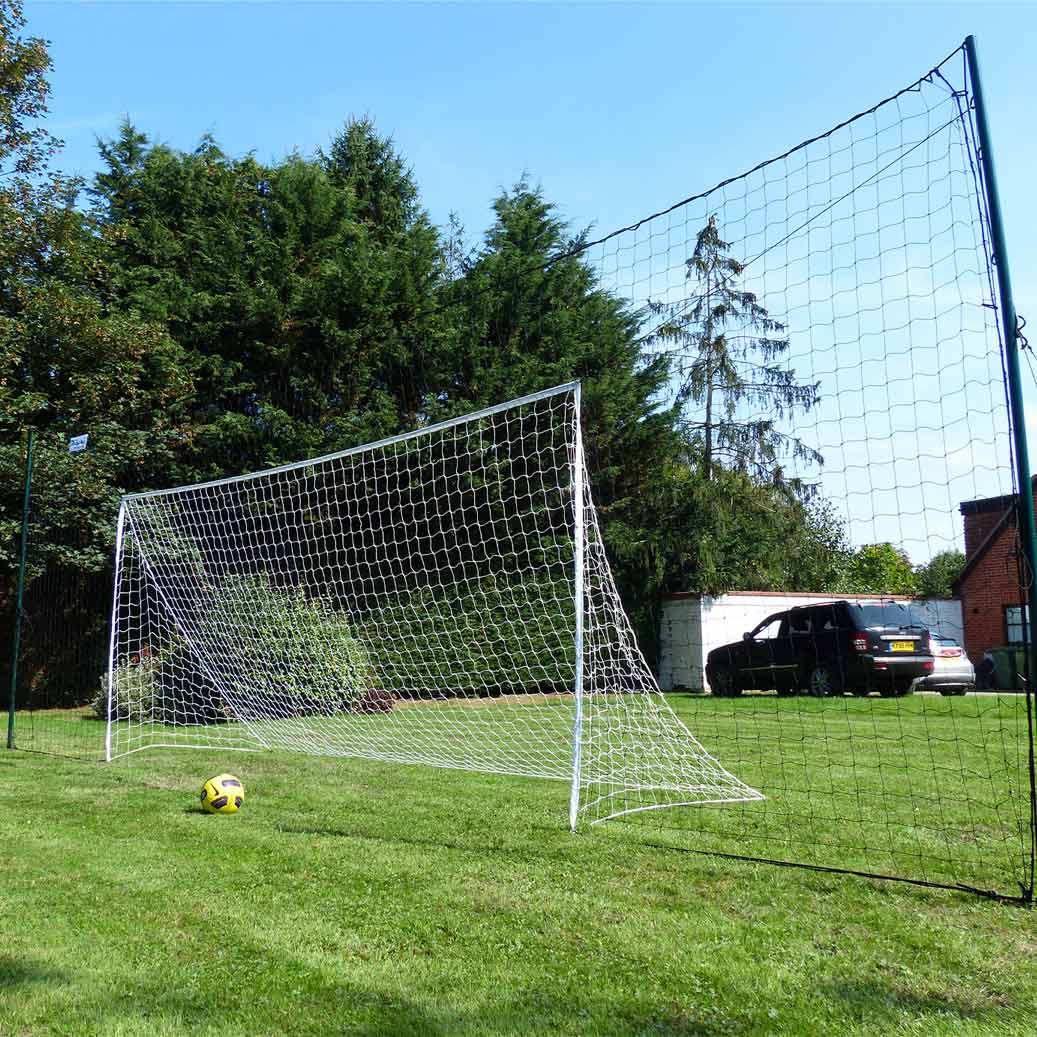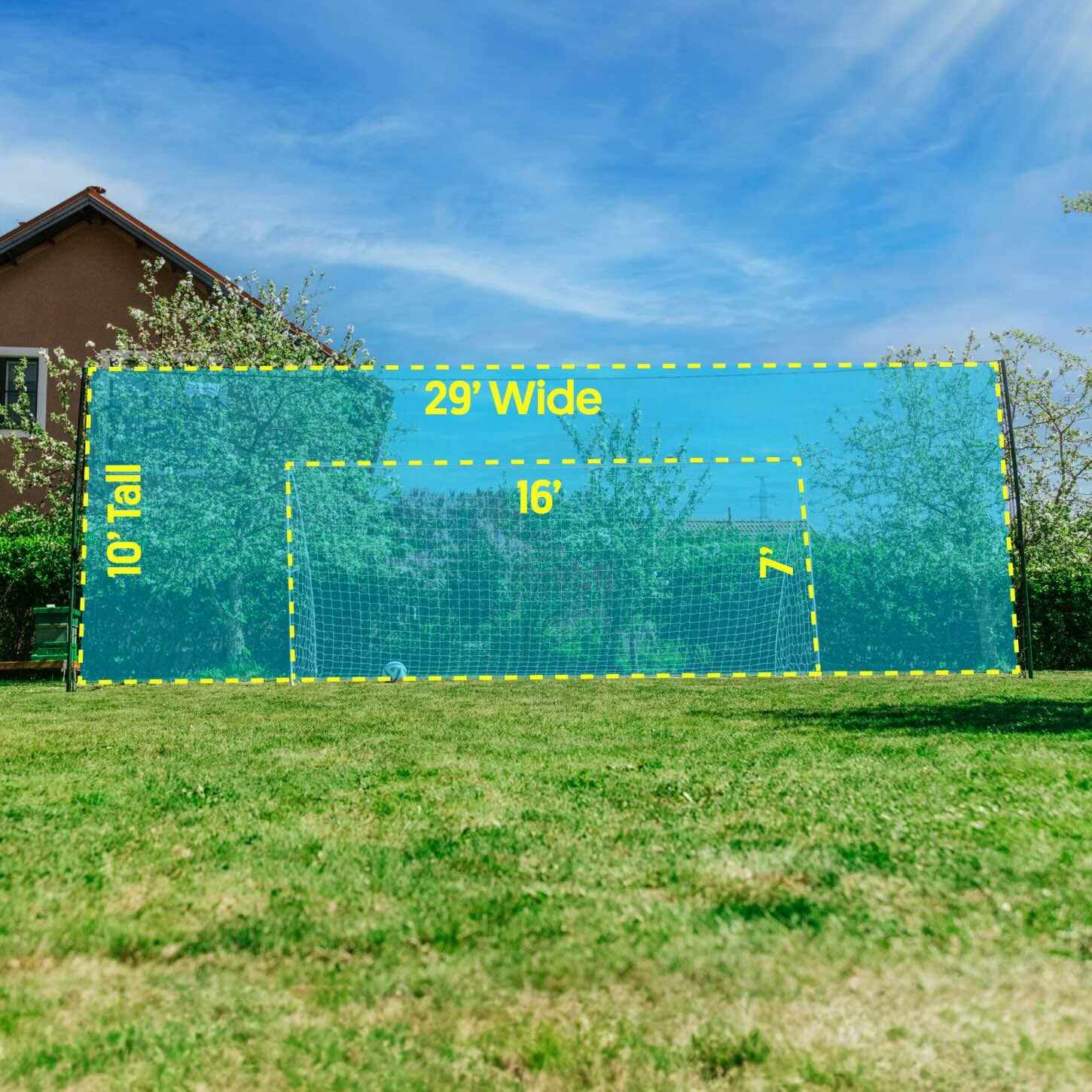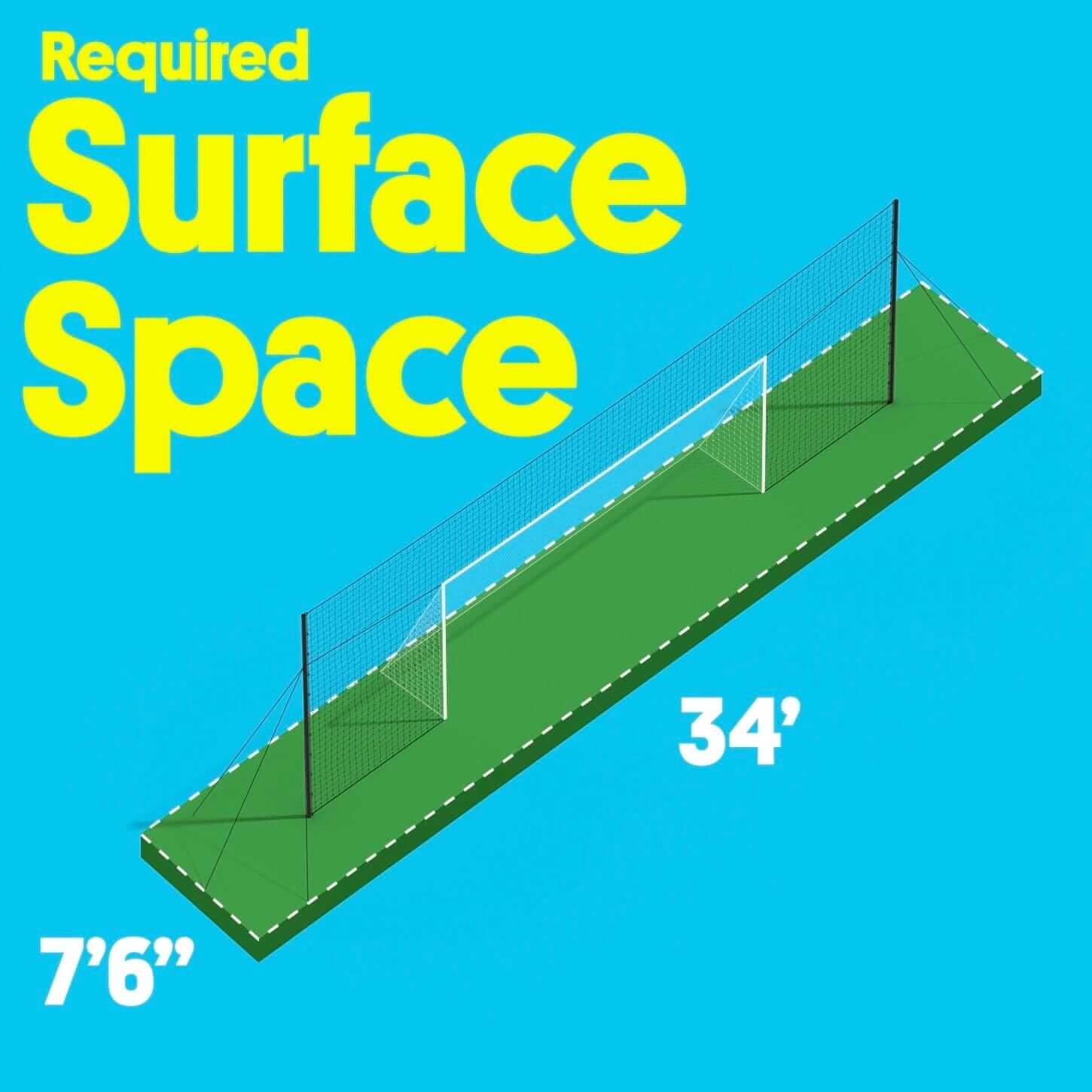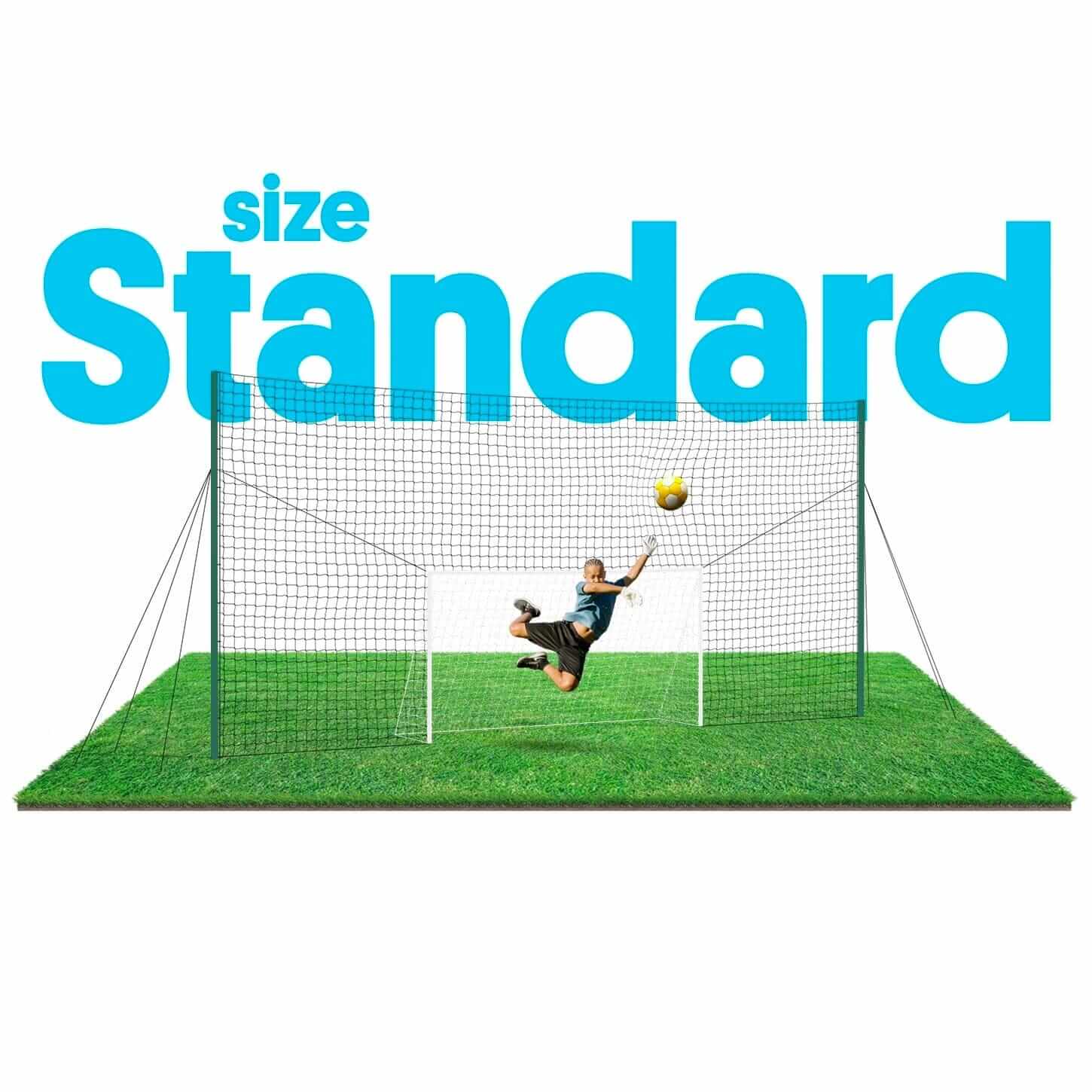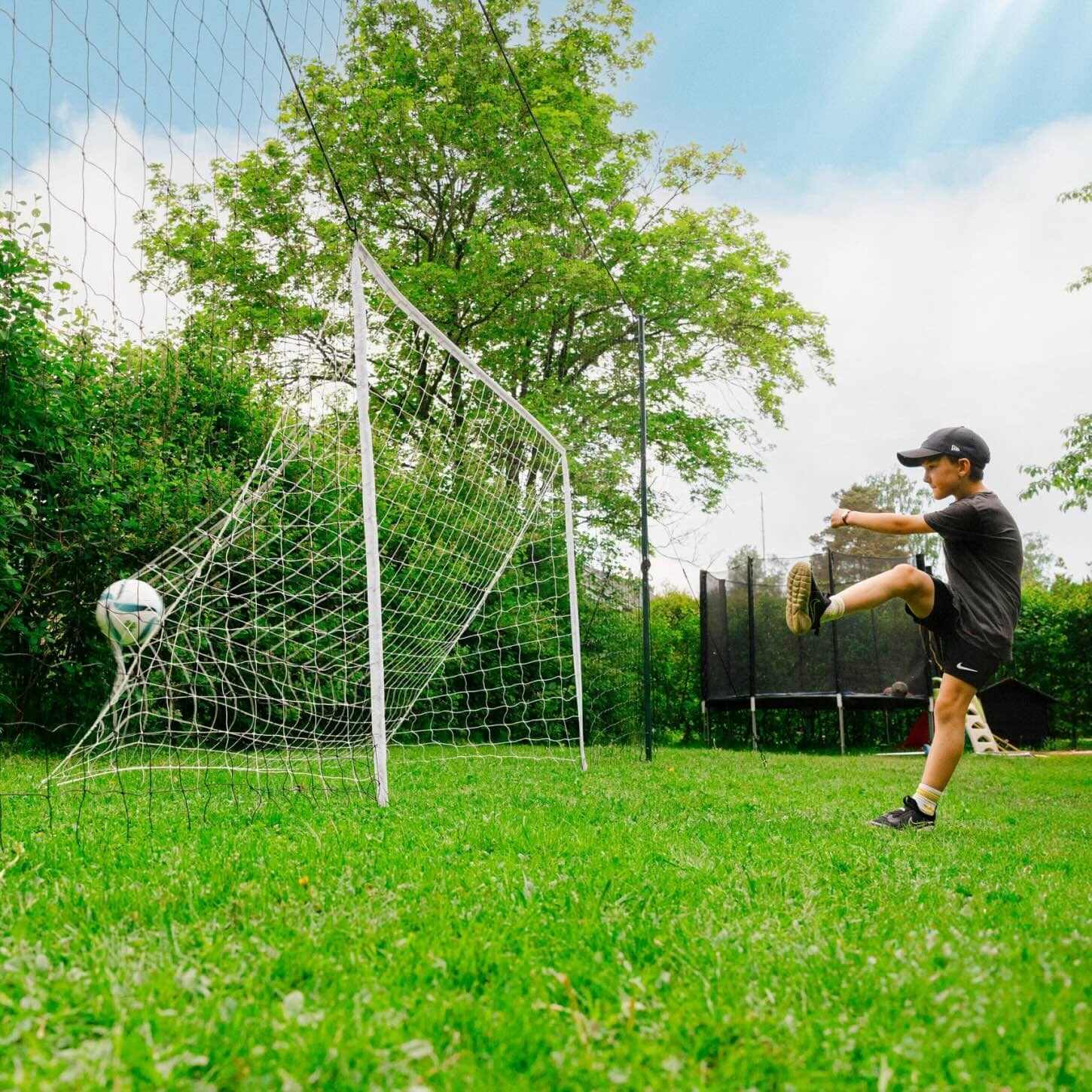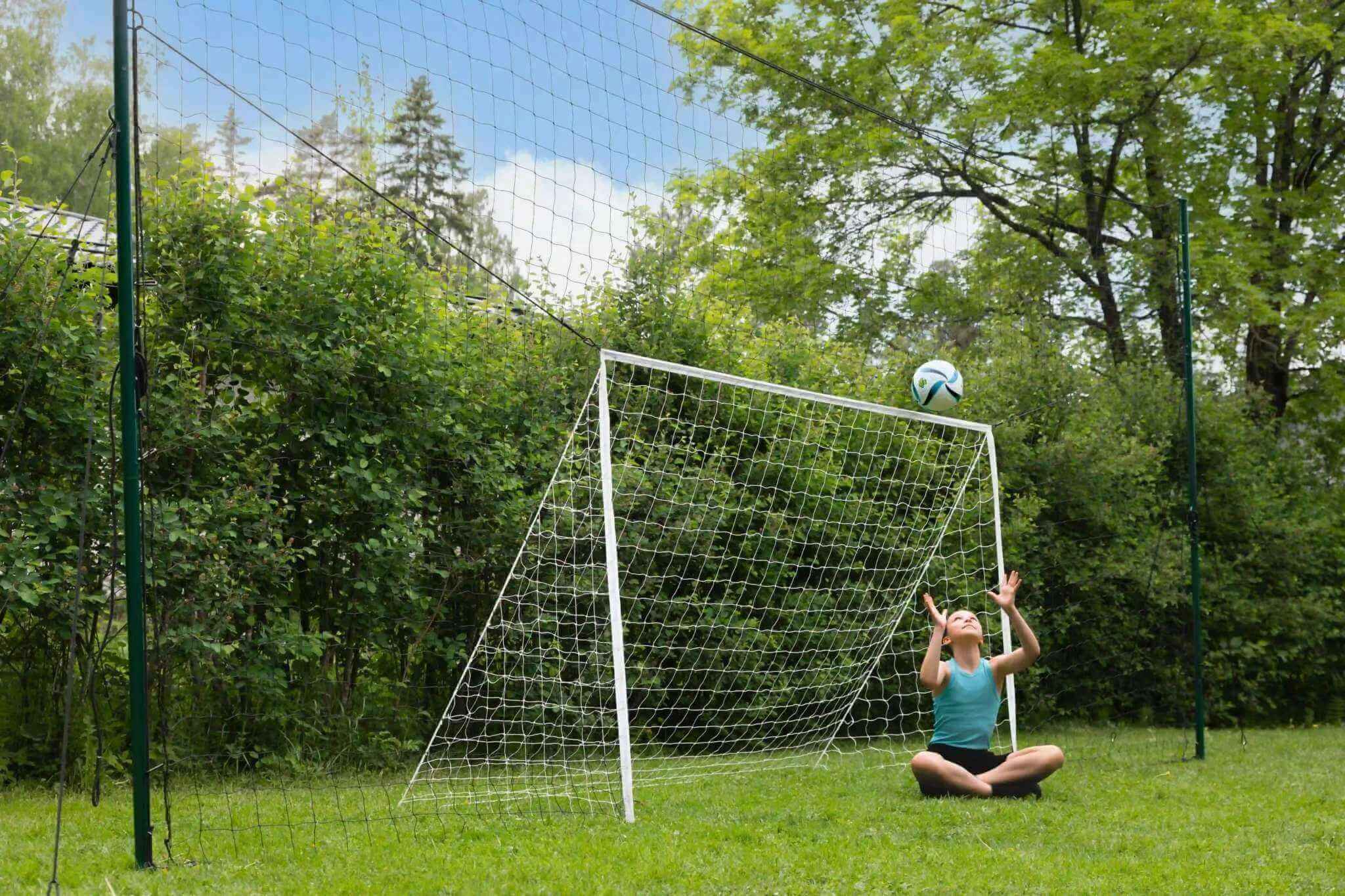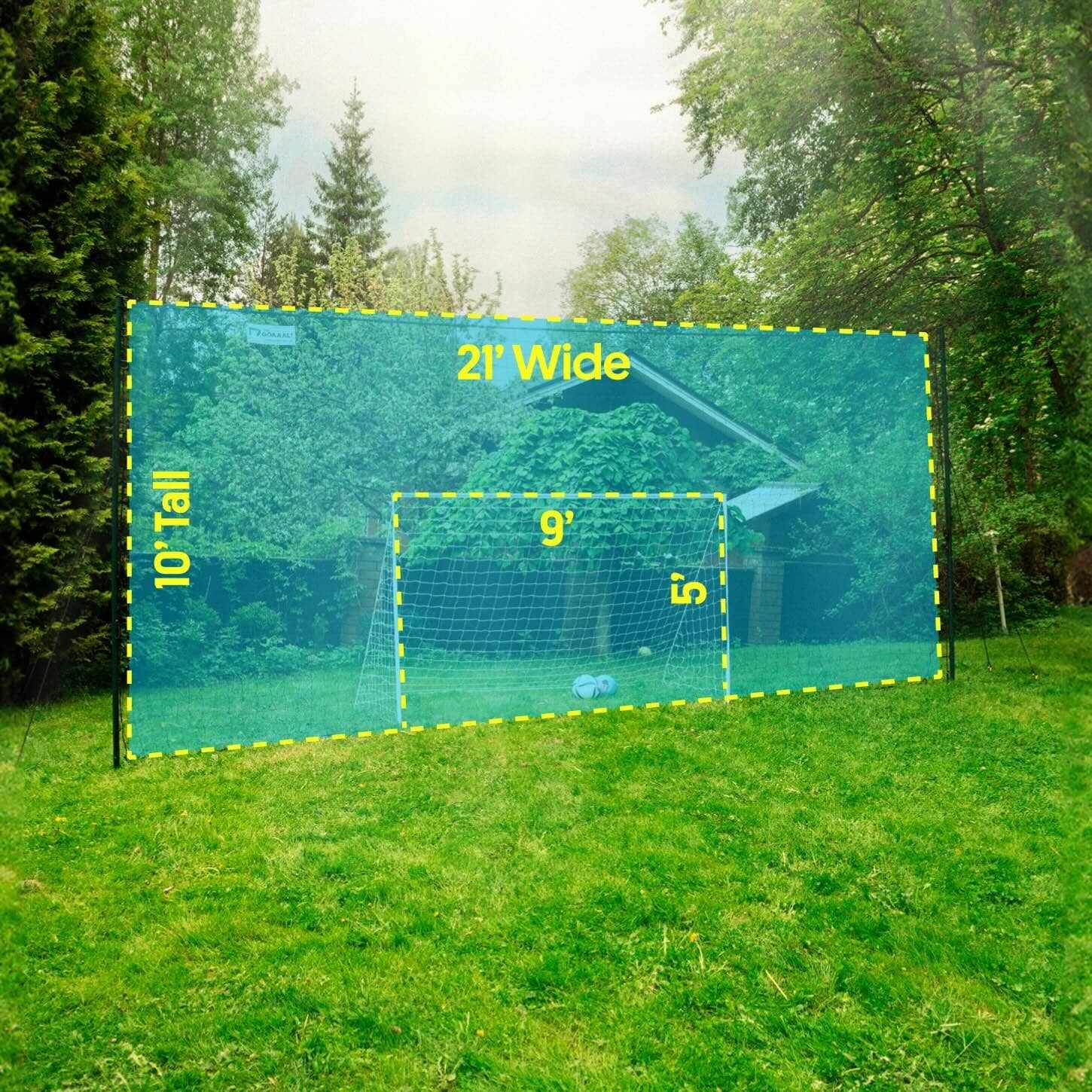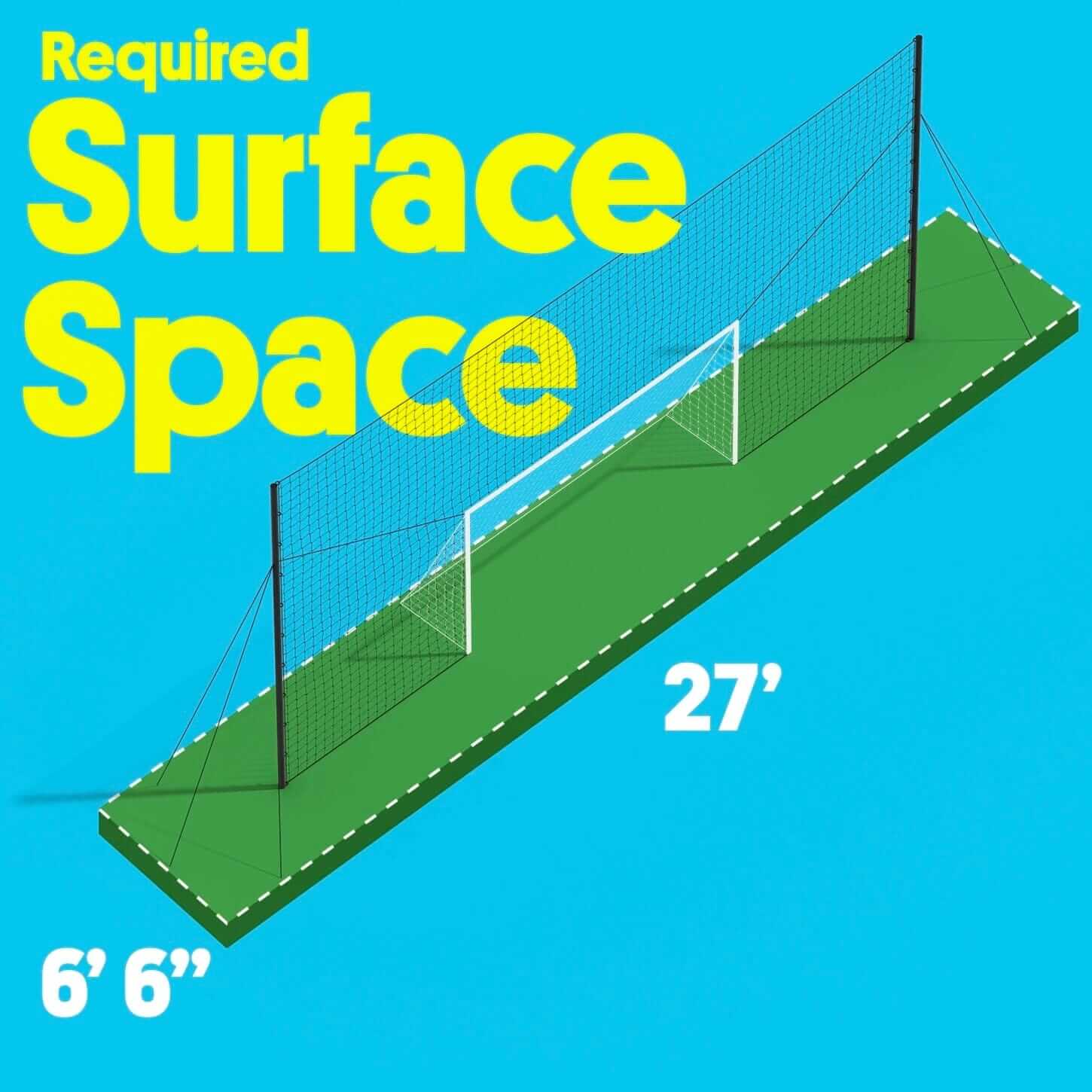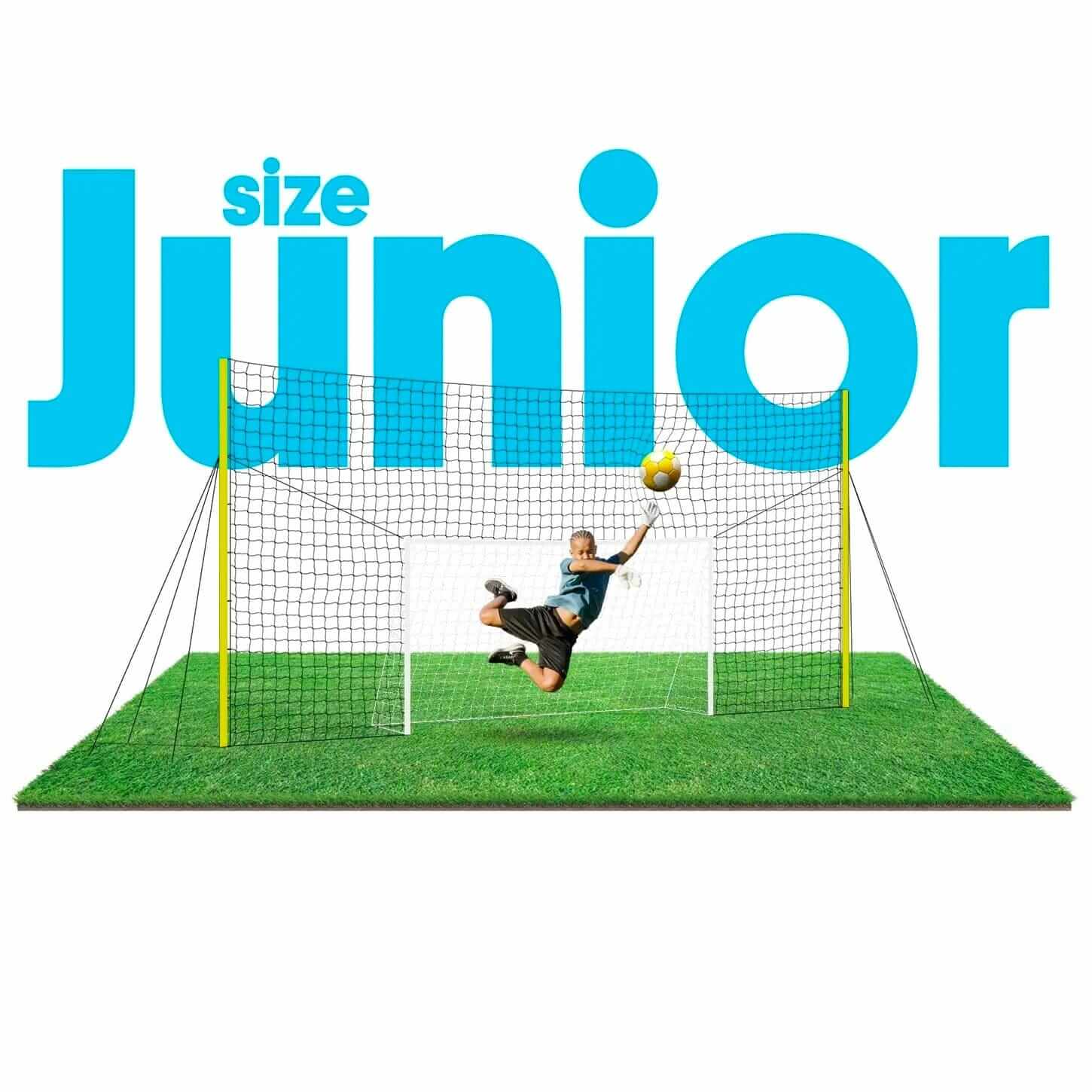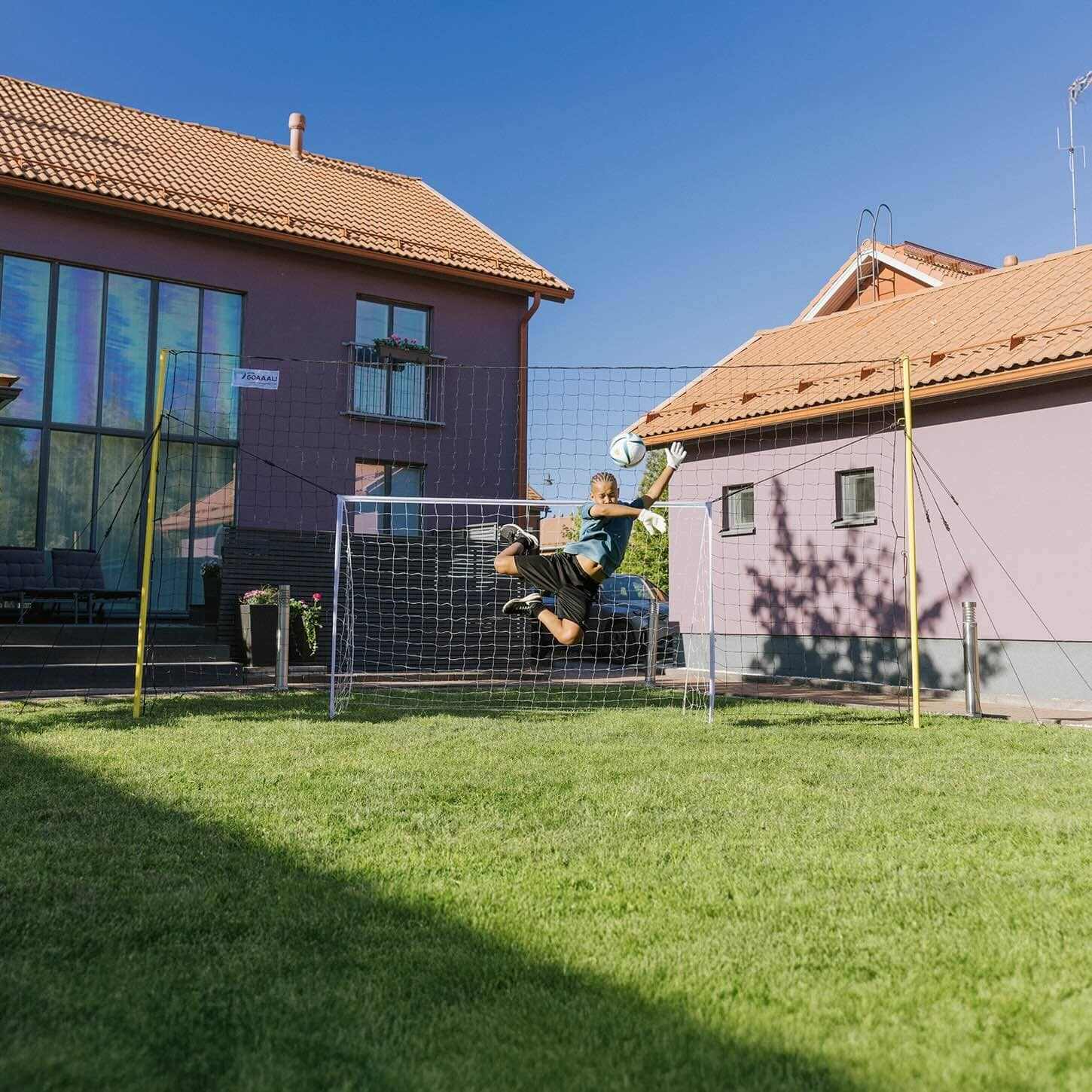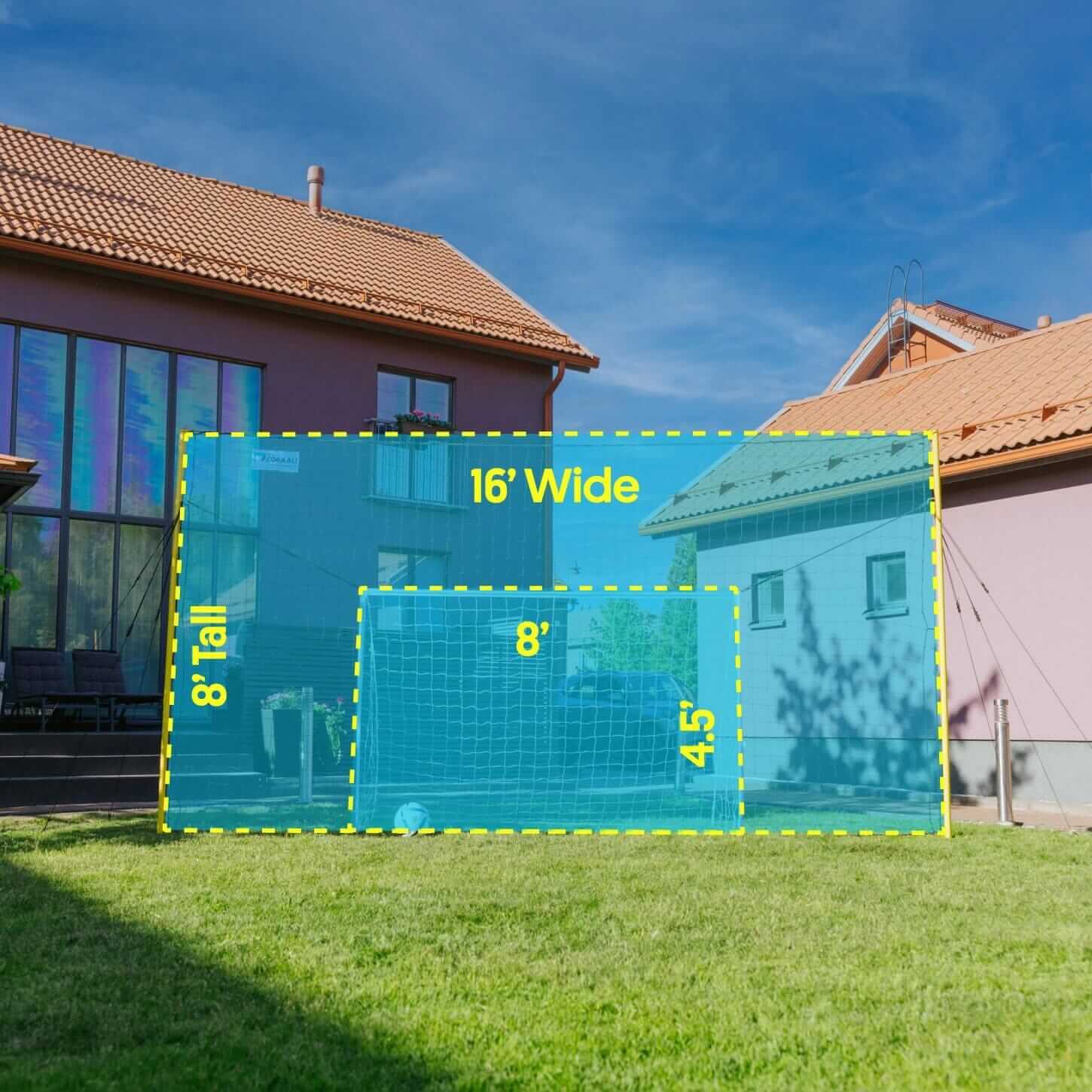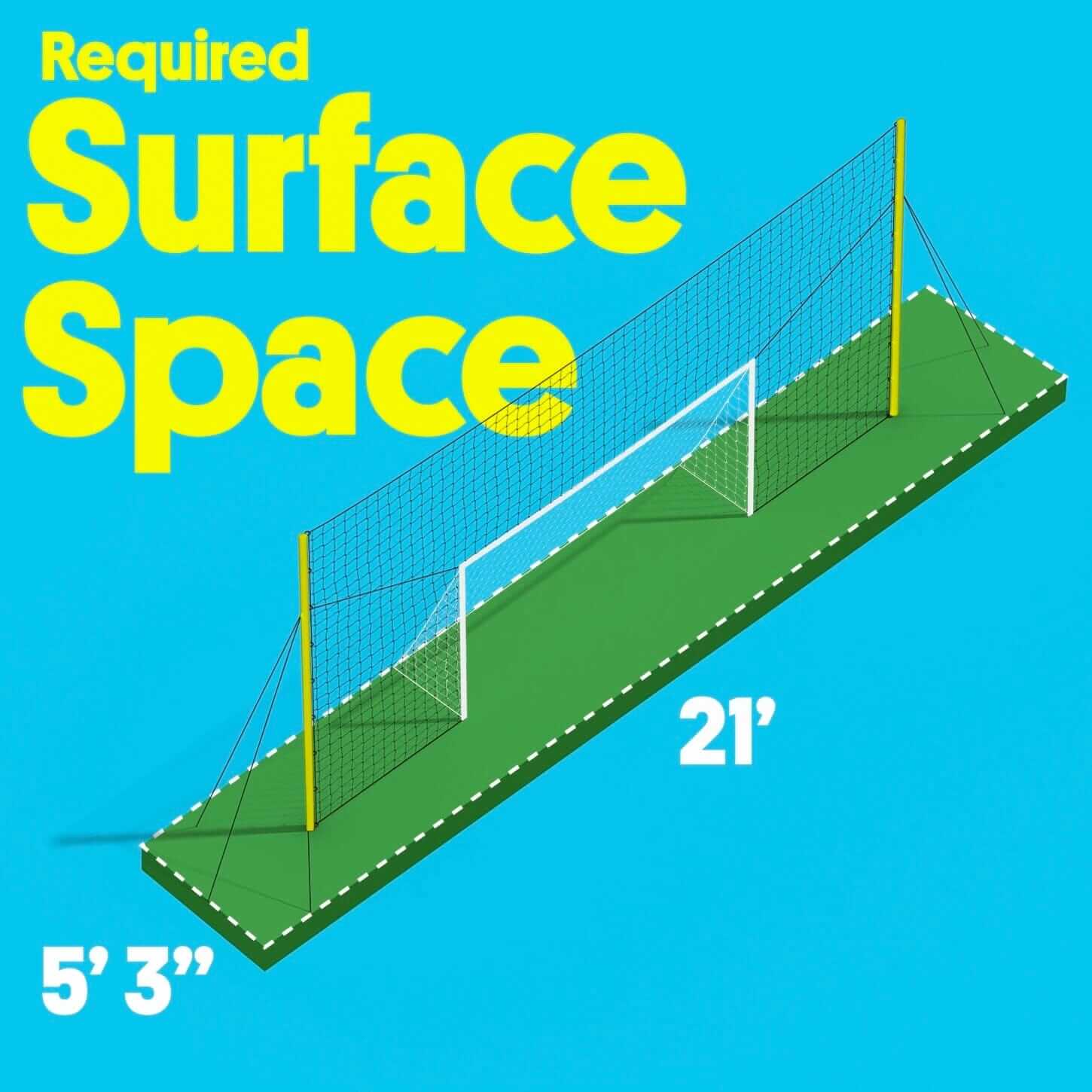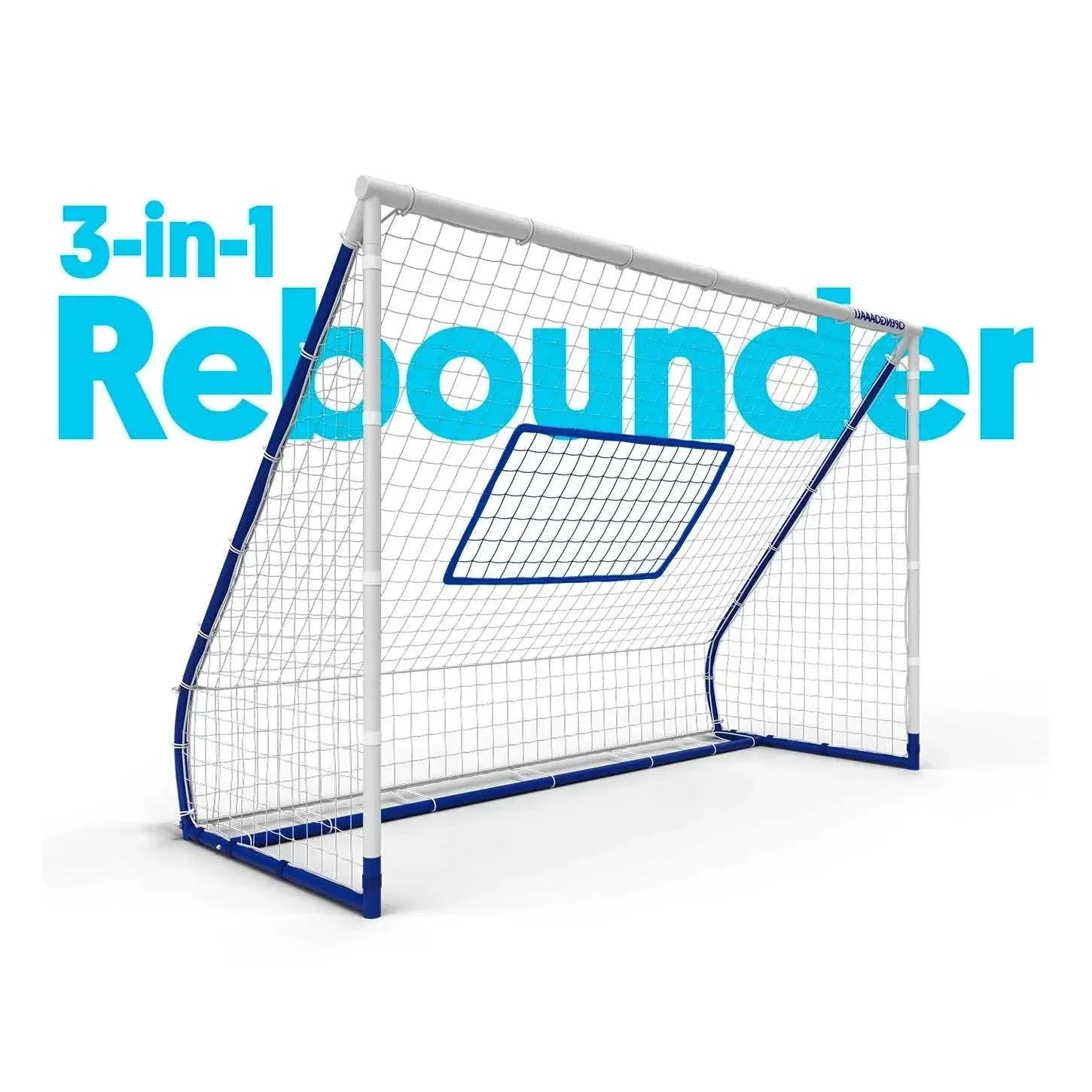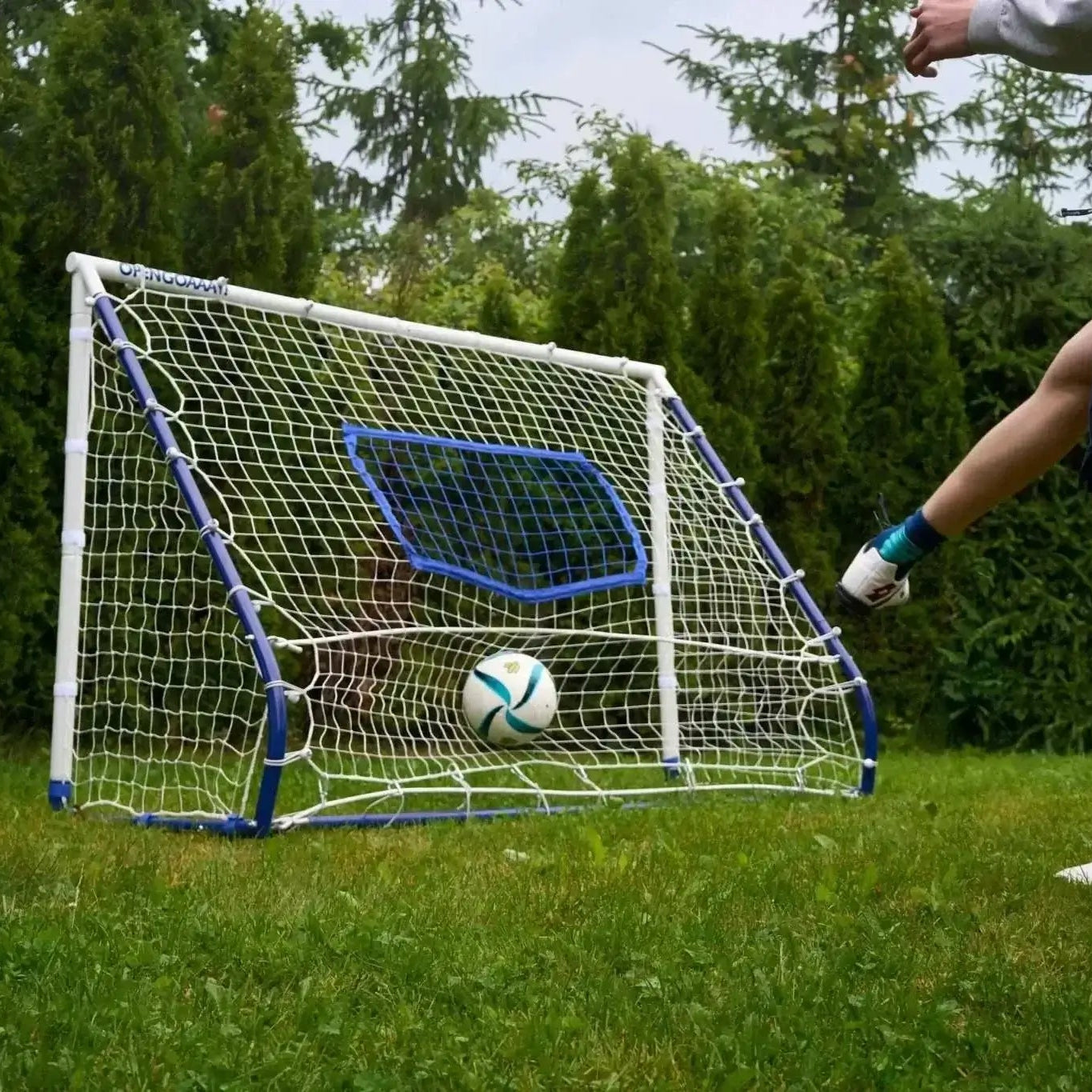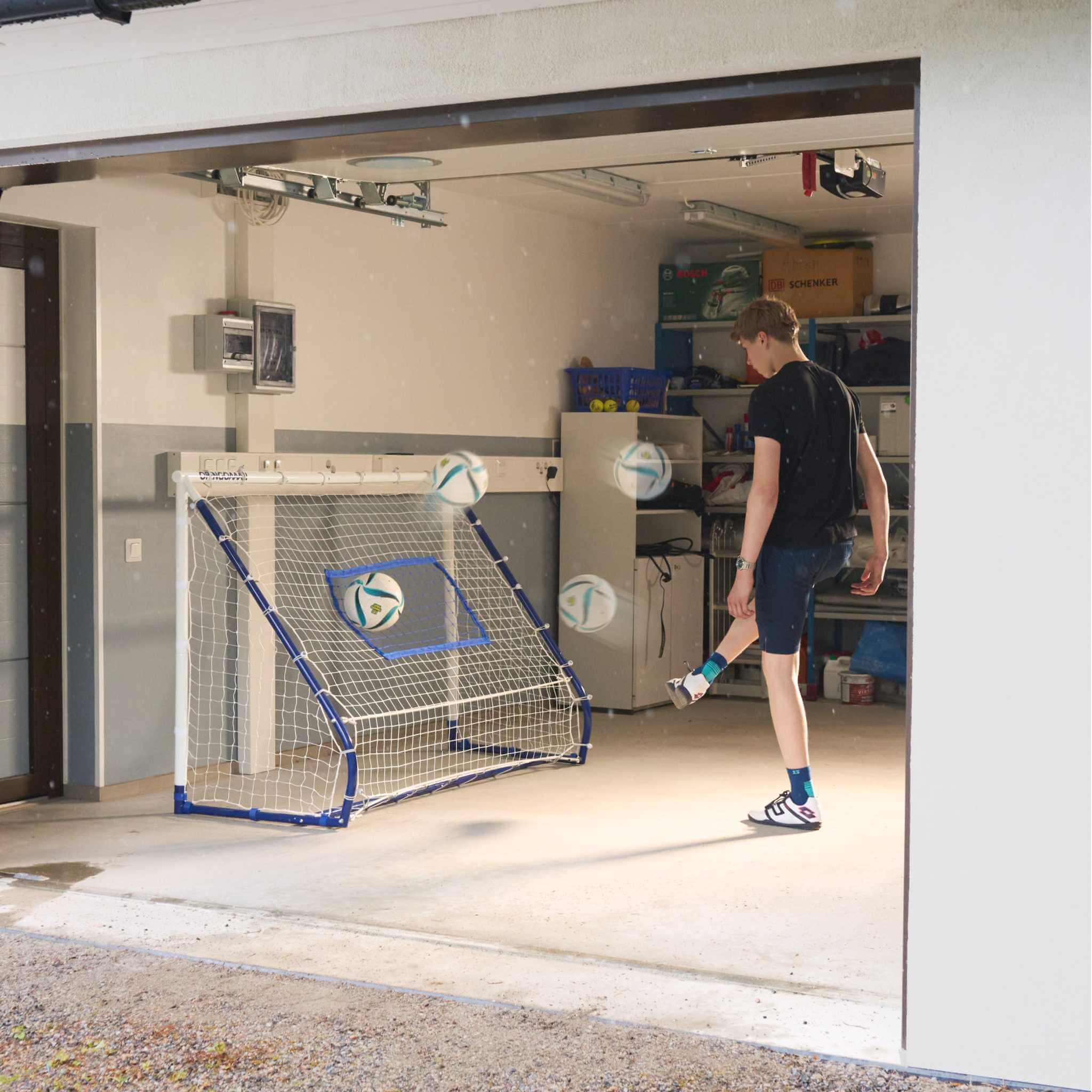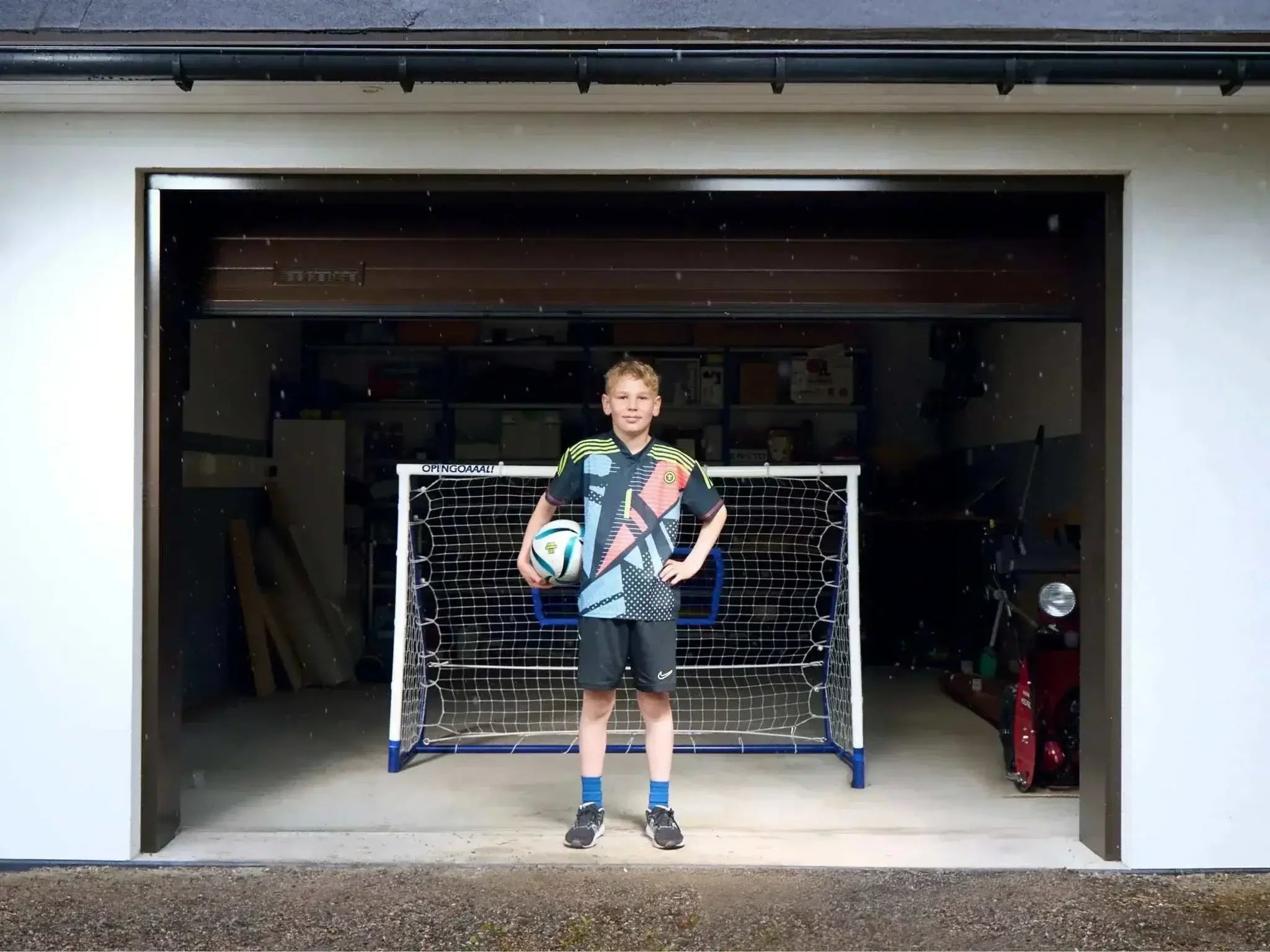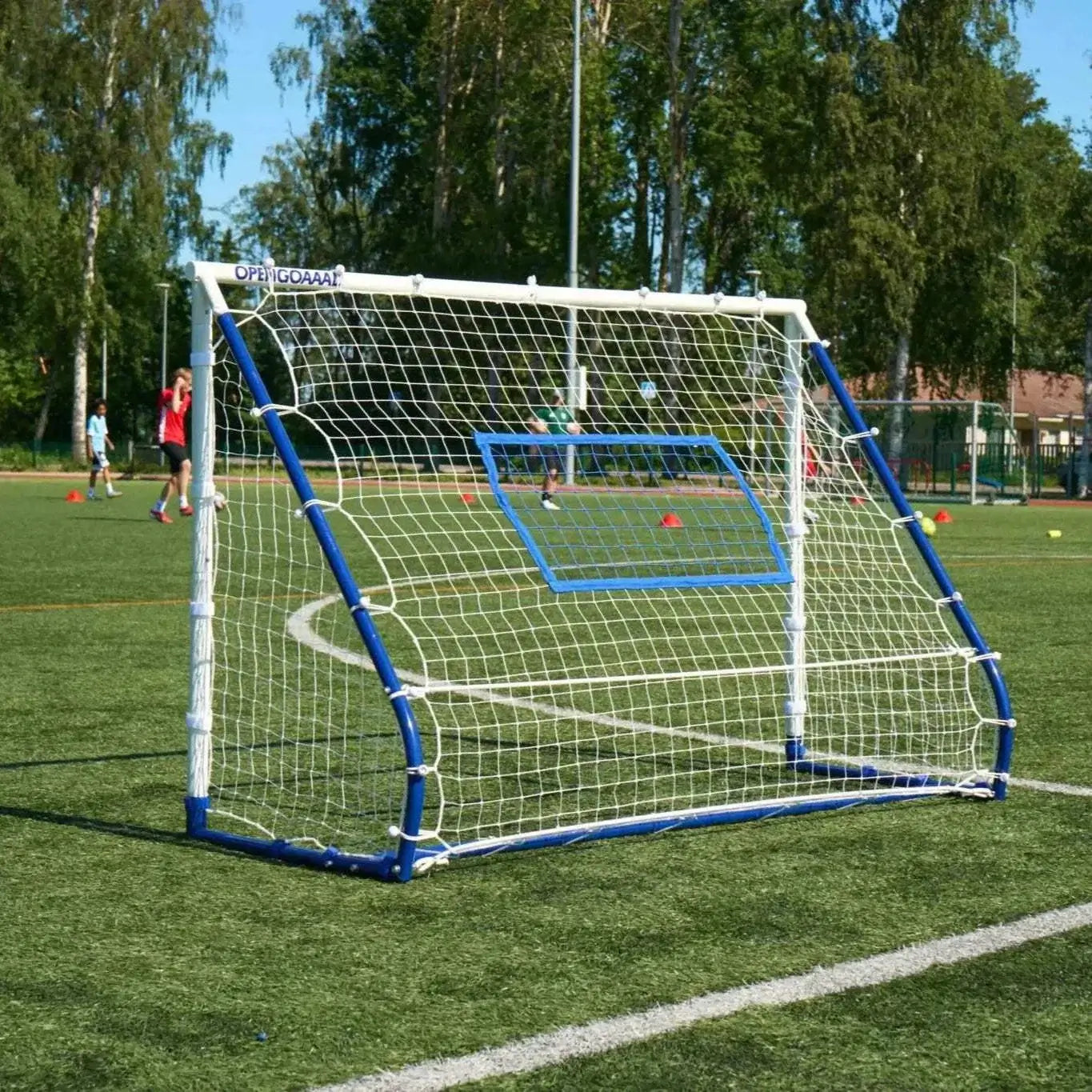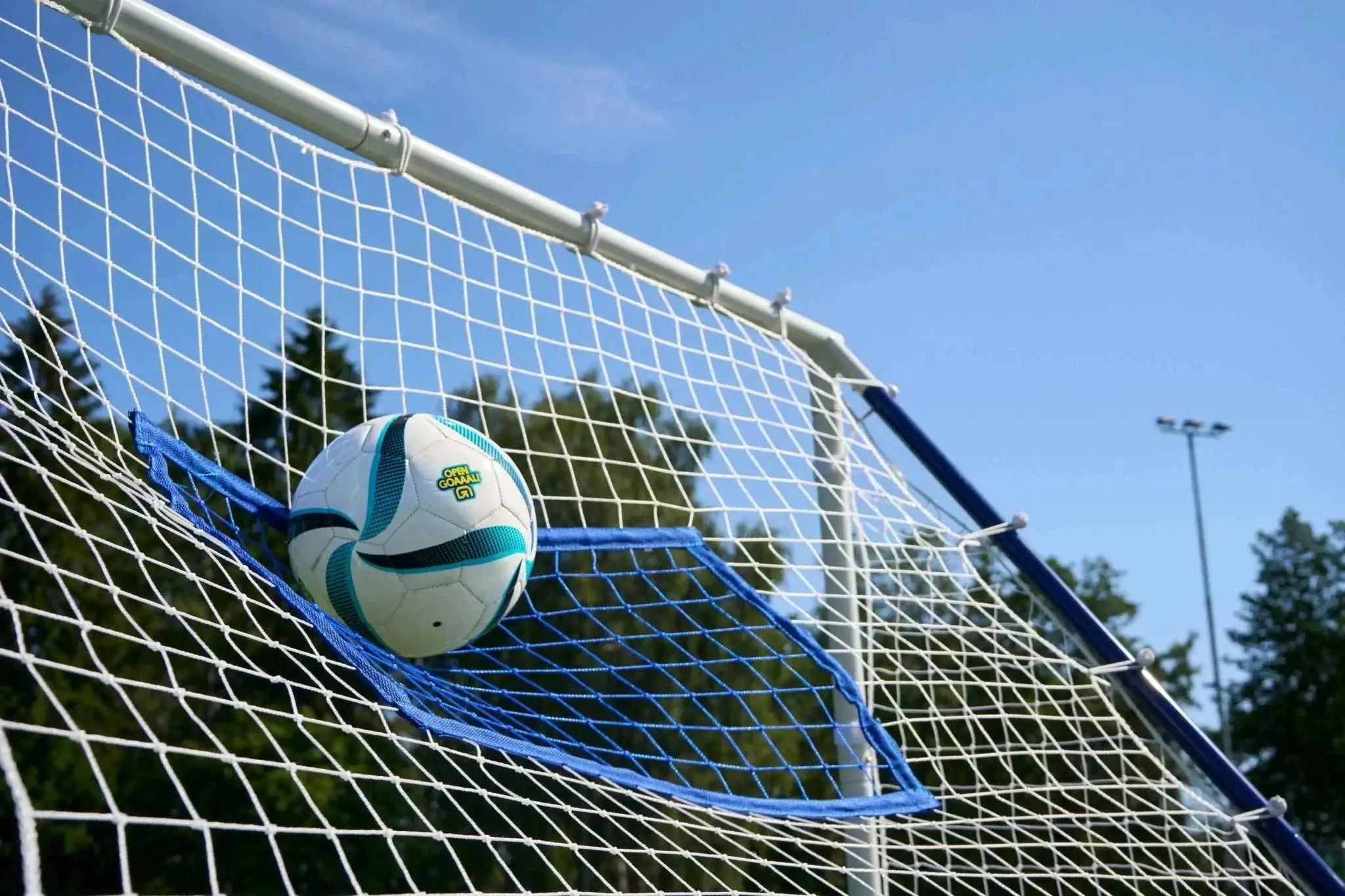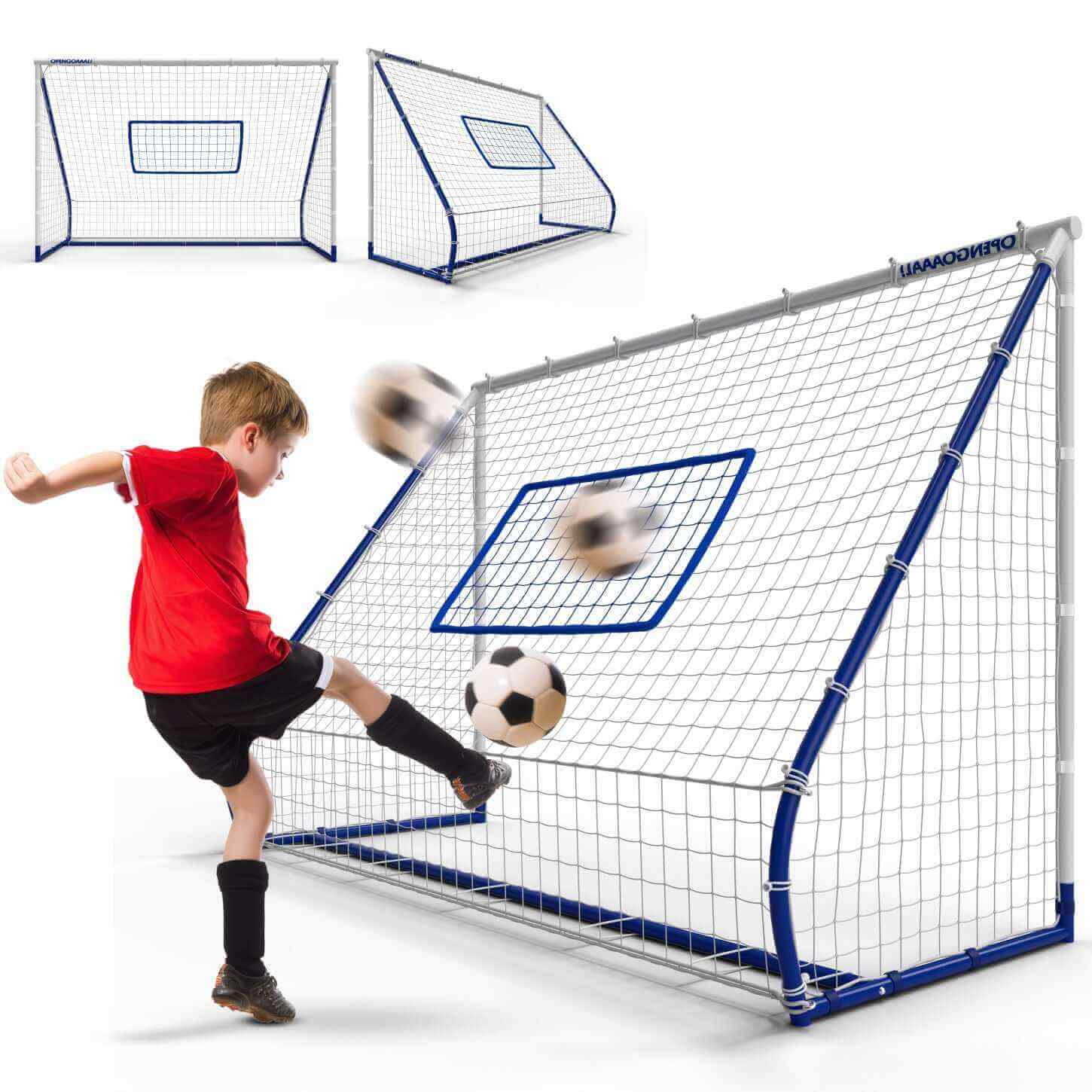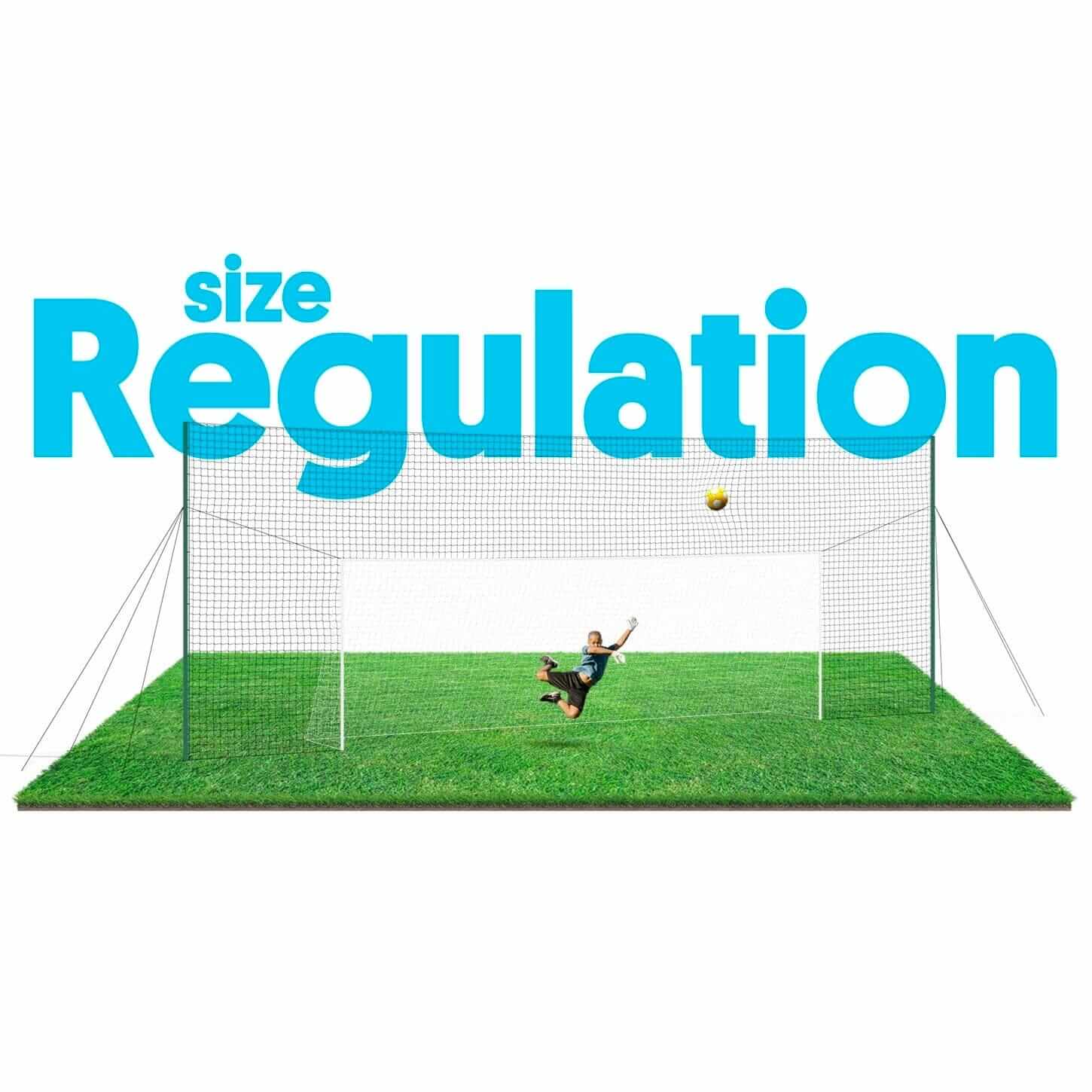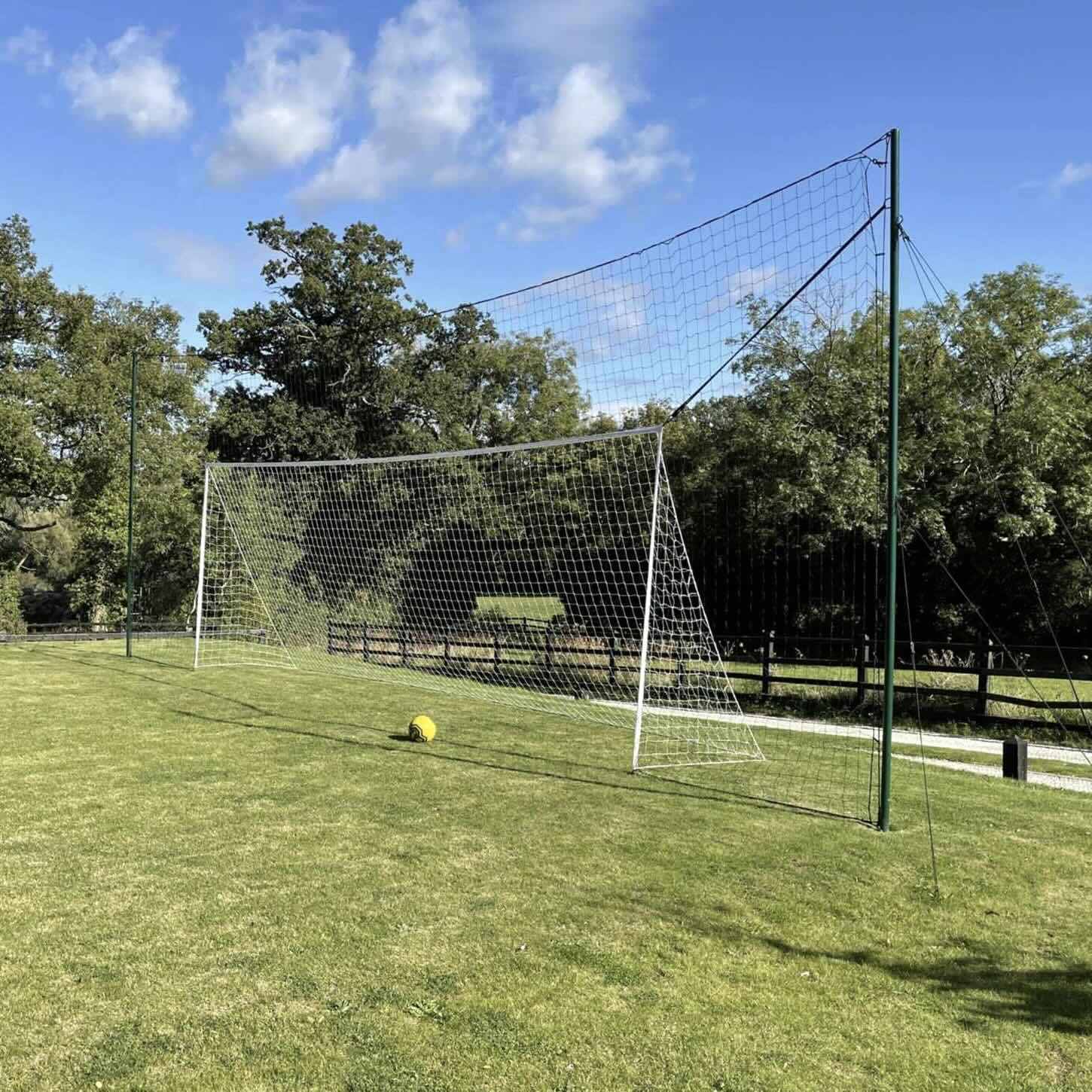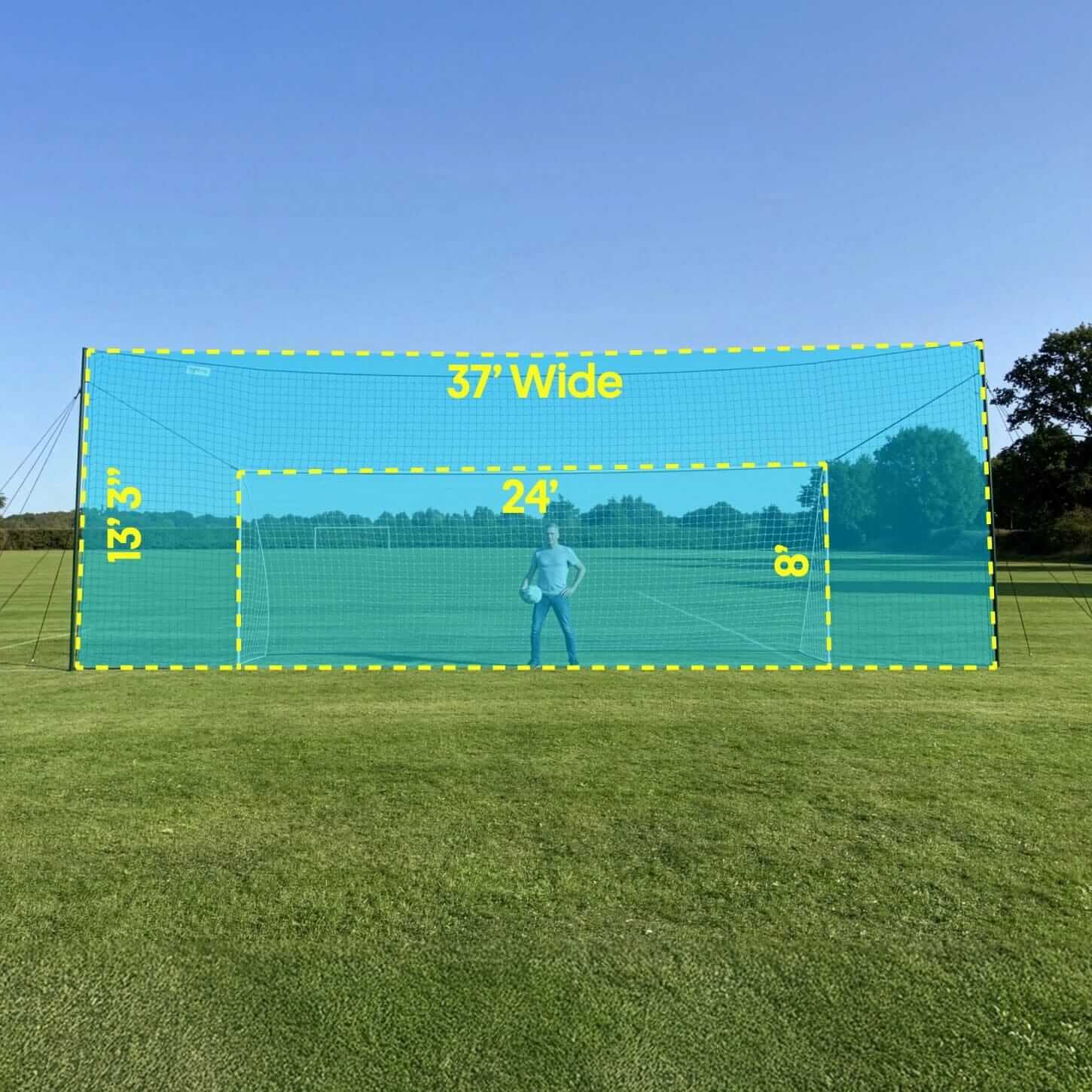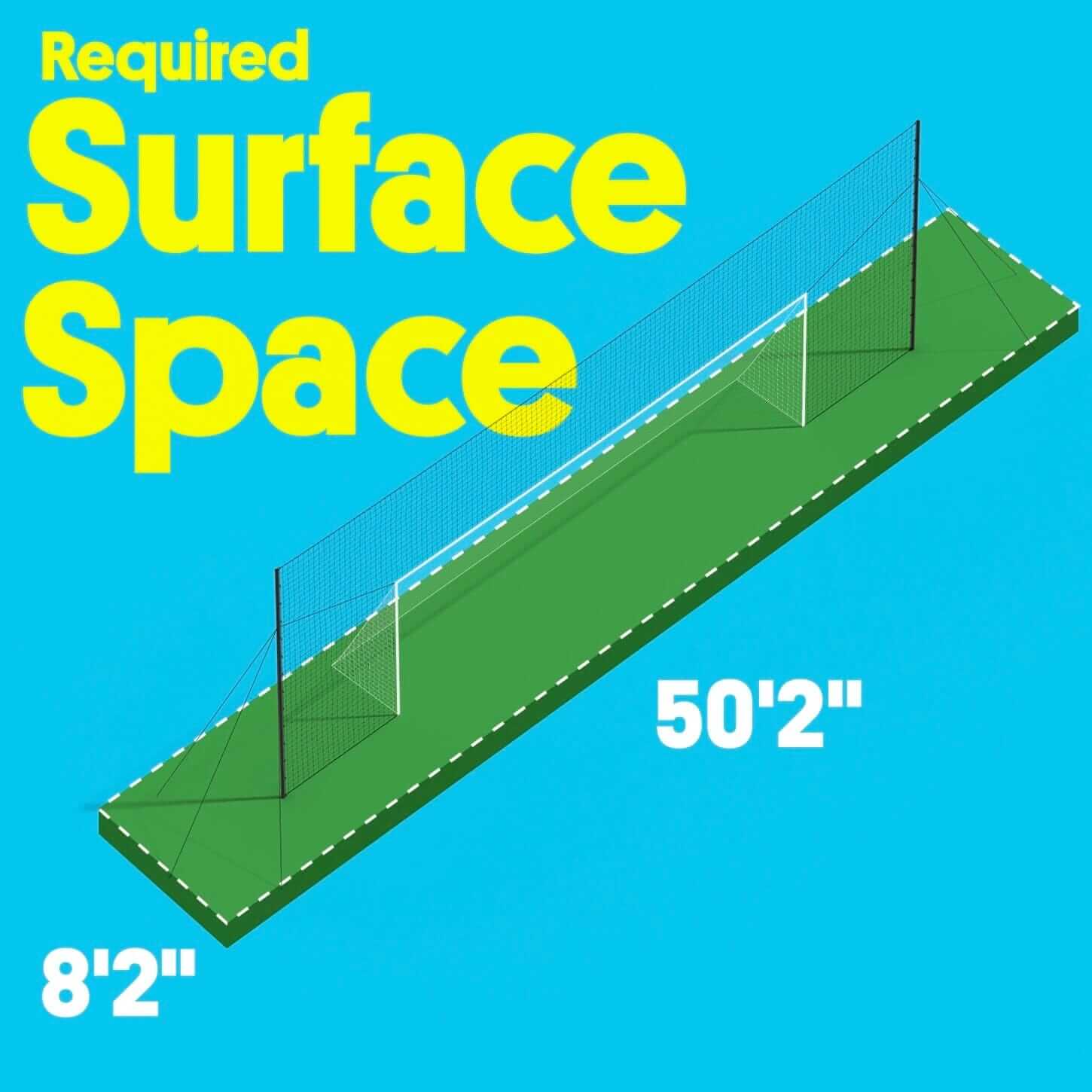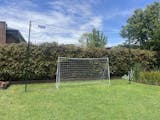Soccer and football are two entirely different sports, but there often needs to be more clarity about the difference between soccer vs football cleats. Soccer and football cleats differ because of where the cleat toe spike is positioned and offers ankle support.
Since soccer and football require two different types of cleats, it is essential to understand their differences and know what to look for in cleats.

The Difference Between Soccer and Football Cleats
There are a few differences between football and soccer cleats.
Soccer Cleats are Lighter
The main difference is that soccer cleats are lighter than football cleats because players need to run more during the game. American football cleats tend to be heavier because the players do not run as much.
Soccer vs football cleats are airier, so the player’s feet have more air and feel light. A football player needs tougher cleats that can withstand more force. If you want to know if you can wear soccer cleats for football, you can. However, soccer cleats in football are not usually recommended.
Football Cleats Have a Toe Stud
Football cleats vs soccer cleats have a stud at the big toe. Football players need a toe stud (similar to lacrosse cleats) because it helps them to keep their grip while pushing against or blocking a tackler. Soccer vs football cleats does not have a big toe stud because it can interfere with their ability to kick the ball.
Football Cleats Come in High Tops
All soccer cleats are low-cut cleats since soccer players need a lightweight feel to their shoes. Lightweight cleats with a low-cut style allow a soccer player’s ankles and feet to move more freely.
American football cleats can come in three different designs - standard, mid-rise, and high-top. High-top football cleats allow more support and padding to the ankle to help players, especially NFL quarterbacks, running backs, or wide receivers, withstand more force on the football field.

How to Choose the Best Soccer Cleats
When choosing the best soccer cleats, you should consider these essential factors.
Get the Right Fit
Your child’s typical shoe size might not fit their soccer cleats best. This is because the rapid footwork used during soccer will require the cleats to fit more snug than a regular shoe.
The soccer cleats should be tight enough but about a half size smaller than the average shoe size. It should be snug against the foot while allowing toes to move around. For finding a cleat with the best it, it might be best to shop in person instead of on amazon to ensure the shoe fits.
Get the Appropriate Padding
The midsole section of a pair of cleats provides the most padding for your child’s foot. The foam in the padding should provide enough arch support to help prevent any injuries due to foot strain during the game.
Consider the Surface
You should know the type of surface your child will be playing on, such as turf or grass. Kids who mostly play indoor soccer typically need a cleat with a flat rubber sole to give the right amount of traction on the firm ground.
If your child is playing outdoors on grass or turf, the cleats should have studs on the base of the sole to provide balance, stability, and proper traction.
The Upper’s Materials
The upper is everything above the insole and midsole of the cleat. It is the part of the cleat that laces up to give a secure fit. You should pay attention to the materials used in the upper, so you know if they can handle high impact or certain weather conditions.
The upper’s materials also matter based on which position your child plays. Some cleats use unique synthetic materials to keep the ball glued to the feet and help offer quicker foot movements.
Stud Design
Molded soccer cleats are the standard type of stud-designed soccer shoes, and the studs can be made from rubber, metal, or plastic. Studs made from metal are more durable and will likely last longer, so they are less likely to break during a soccer game and can give more traction on the field.
Sometimes, metal toe cleats are not allowed by referees in leagues due to the higher risk of injury and damage to the turf. For indoor soccer, the best soccer cleats are ones with plastic or rubber studs.

Keep Playing Position in Mind
Sometimes, the best cleats are dependent on the position your child plays. For example, defenders need a cleat with solid support in the supper of the cleat, and midfielders need more padding. You should also know if your child is one of the kickers or defensive backs to ensure you find a cleat that properly fits.
The cleat you choose should be able to take the amount of impact, strain, or friction that the position requires.
Loose or Firm Collar
Cleats come with different collar lengths, just like your typical running shoes. You can choose from a low-cut, mid-cut, or high-cut. The firm collar fit or high mid-ankle cut looks like a sock sleeve that either wraps fully or partially around the ankle for a snug fit.
The firm collar is meant to create more controlled movements and offers more support during games to avoid the risk of injury. The low ankle cut does not have a sleeve and looks like regular sneakers. Ankles can move freely with the low ankle cut, and nothing controls their movement.
Aesthetics
While the aesthetics of soccer cleats are not crucial for everyone, looking good is still a concern for many players. Some players prefer a cleat that matches their team’s colors, while others prefer cleats with a more neutral appearance. Some players might prefer Nike, while others prefer Adidas.
Some cleats are made using leather materials, and others are made of mesh. Both of these looks offer modern aesthetics, but it is up to the player to decide the design and color of their cleats.

Final Thoughts
Understanding the differences between soccer vs football cleats is essential, so players have the proper cleat that offers them the best advantages.
The Opengoaaal 3-in-1 Trainer and Rebounder can help youth soccer players train and keep active. Missed shots rebound for an uninterrupted practice. Check out the Opengoaaal 3-in-1 Trainer and Rebounder today to help your child improve their skills faster.


